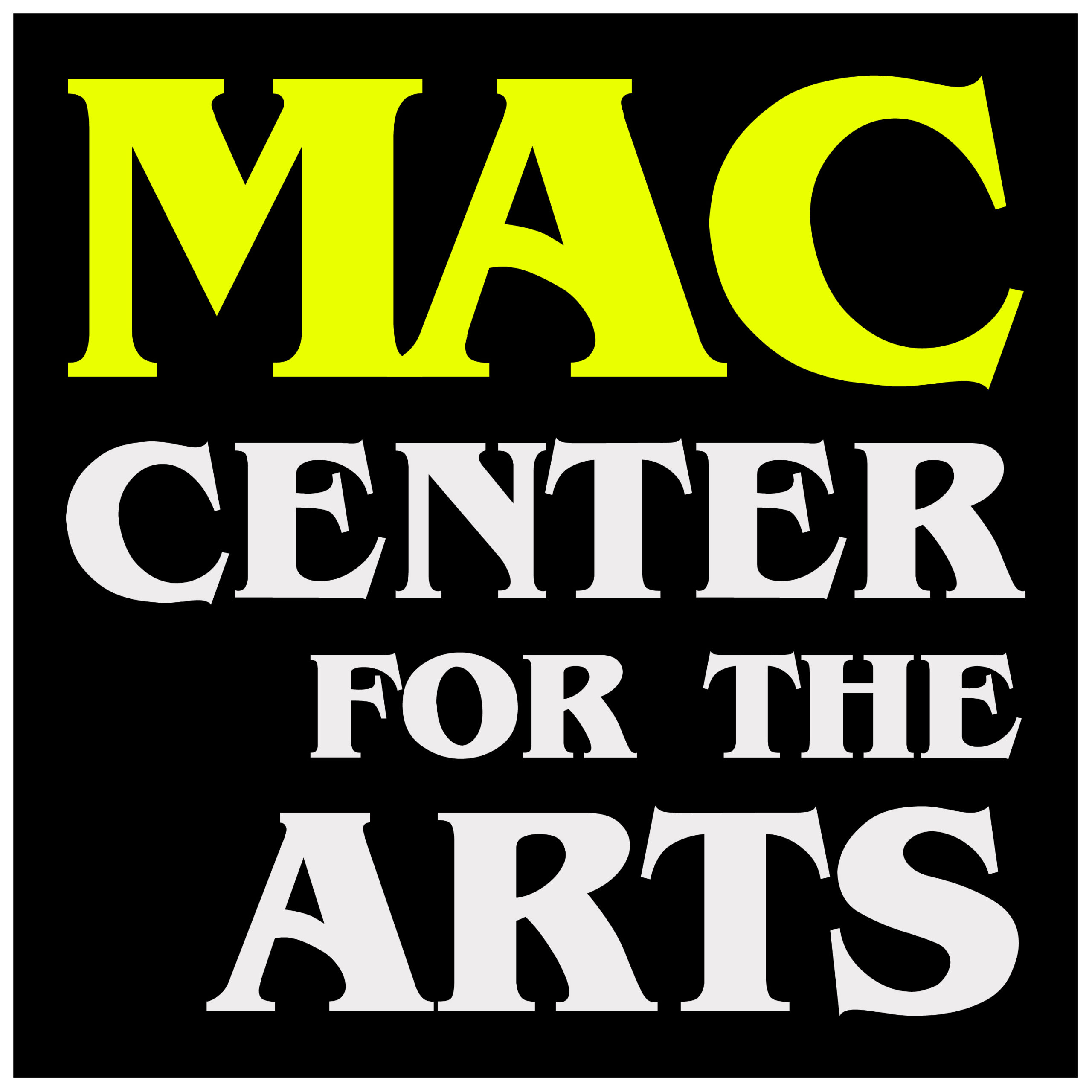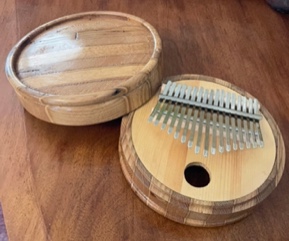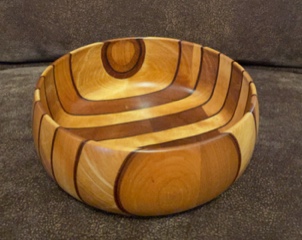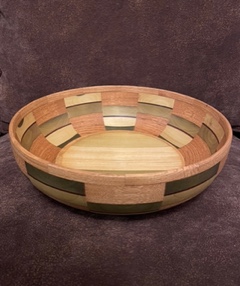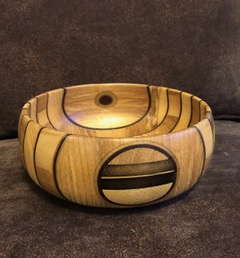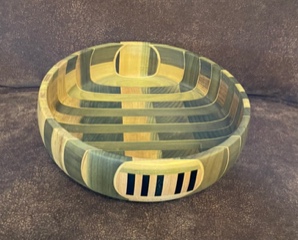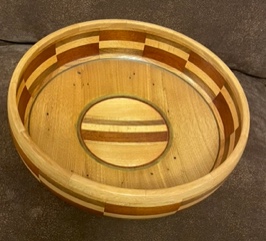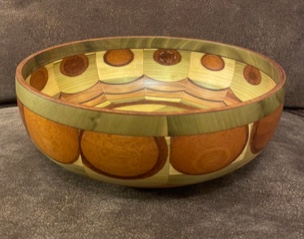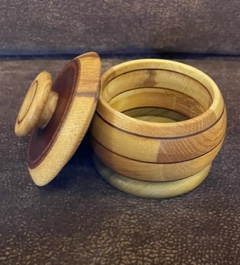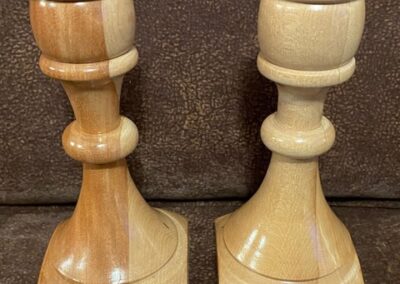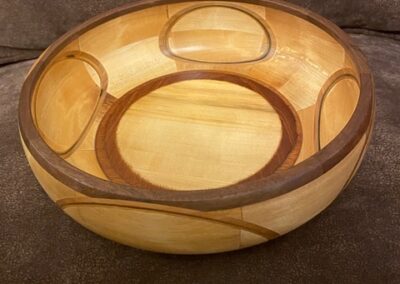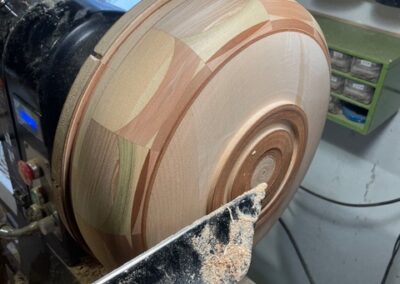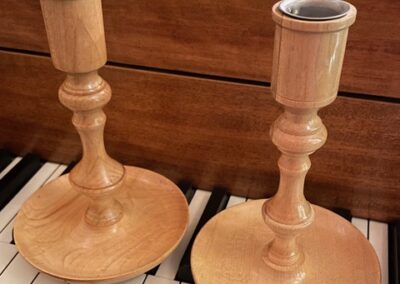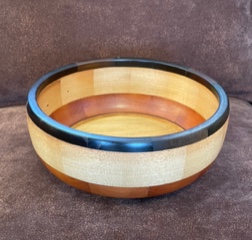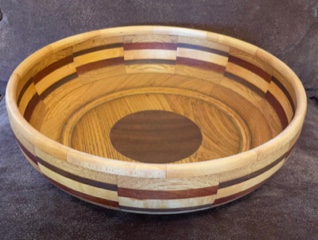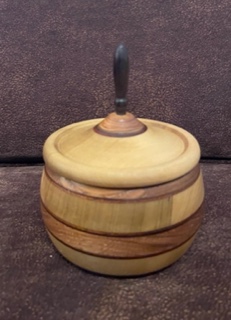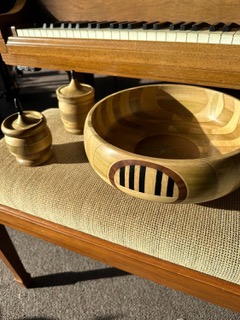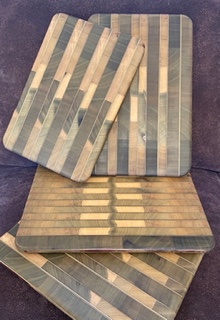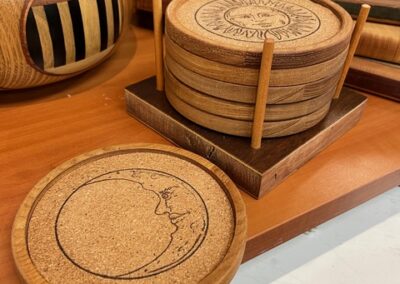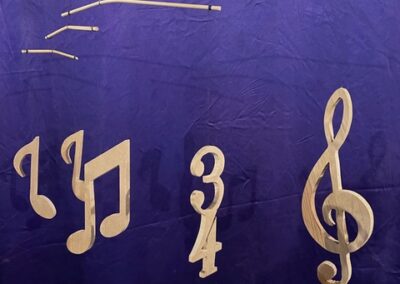John Young | Woodworking
JOHN YOUNG, WOOD WORKING
Piano wood turning
As part of life long career in piano tuning, service, and rebuilding, I have always had a hand in woodworking through the restoration of piano cabinets. Now in semi-retirement, I have time to turn my talents toward more artistic pursuits. These products are all made by hand in my shop in Glover, Vermont. My specialty is up-cycling discarded pianos. Most all of my material is salvaged from the cabinet panels, lids, keys, and other wooden parts of derelict instruments both upright and grand.
Panels are physically (vs. chemically) stripped of their original finish, planed to even thickness and glued together into various patterns to form bowl blanks that I then turn on my shop lathe.
Most of the wood is from the core of veneered piano panels and is usually either Poplar (greenish, tan and white) or American Chestnut (warm brown). Once very common, the American Chestnut was a magnificent tree that was wiped out by a fungal blight beginning in 1904 and the only source for this rare wood today is from salvage. The thin stripes that are visible in my work are the remains of the original veneer surfaces from the source material. These stripes are usually mahogany or walnut. Nearly all of this lumber is over 100 years old before I even start my process. Some of the wood is “wormy chestnut”, a prized material that is the result of insect larva boring into the damaged trees long ago.
Many of my small boxes have a glossy lacquer finish. All of my bowls have a food safe finish composed of carnauba wax, bees wax, and walnut oil. Like any wooden bowl, they are best for relatively dry use, such as for fruit, bread, or salad. Not recommended for soup or liquids. Hand wash and dry only. Do not leave immersed in water.
Please contact me with any questions or to commission a specific piece: john@youngspiano.com
More information about the American chestnut blight can be found online.
